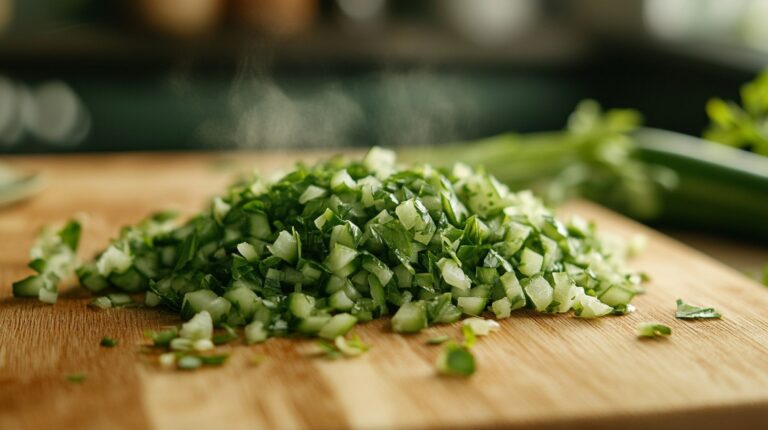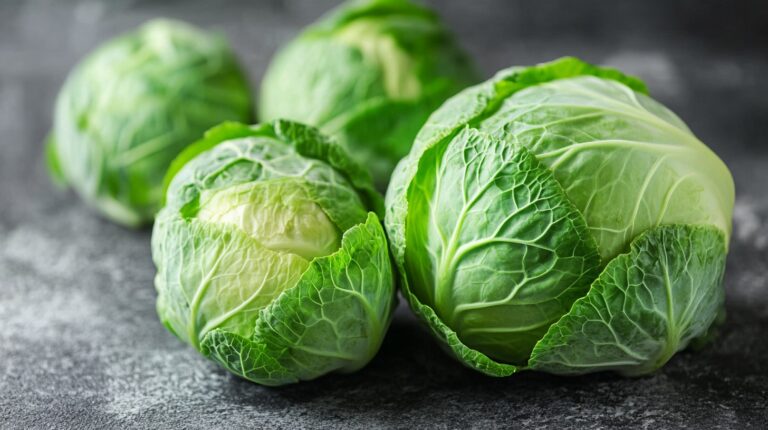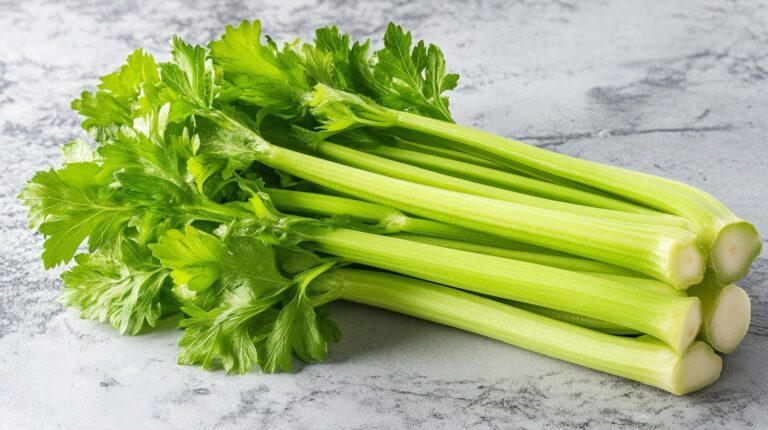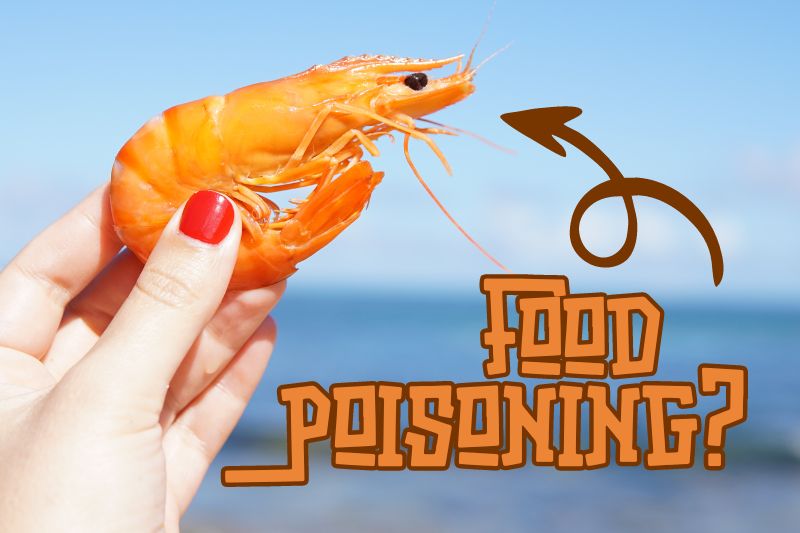Food poisoning from raw shrimp can occur, but its frequency largely depends on how the shrimp are handled from the time they are caught to when they are consumed.
Raw shrimp can be contaminated with harmful bacteria like Vibrio, Salmonella, and E. coli, as well as parasites. Proper handling, storage, and cooking can significantly reduce the risks.
In regions where eating raw seafood is common, such as in some Asian cuisines, there might be slightly higher instances of foodborne illnesses if the raw shrimp are not handled correctly.
However, in places where it’s standard to cook shrimp thoroughly, food poisoning cases linked specifically to raw shrimp are less frequent.
Common Contaminants in Raw Shrimp
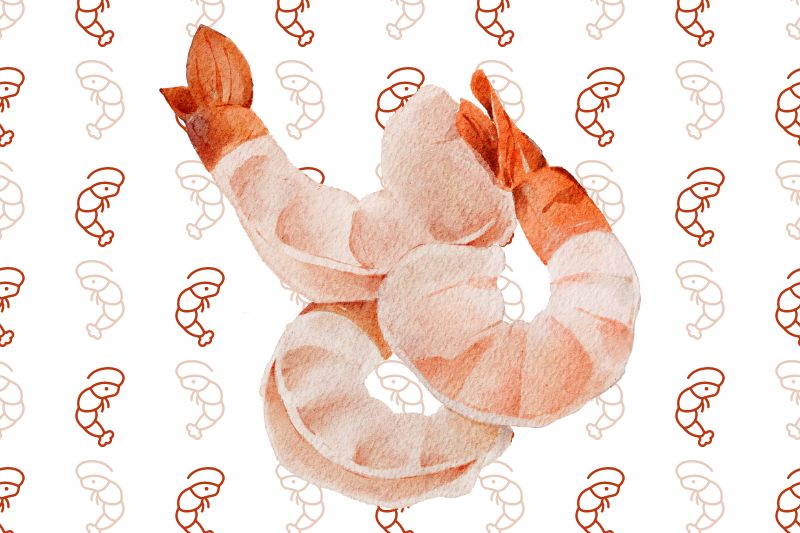
Raw shrimp can harbor several types of pathogens that can lead to food poisoning. The most common culprits include:
- Vibrio: This bacterium thrives in salty and brackish water, and it can infect shrimp. Consumption of raw or undercooked shrimp contaminated with Vibrio can lead to symptoms like diarrhea, abdominal cramping, nausea, vomiting, fever, and chills.
- Salmonella: A well-known cause of foodborne illness, Salmonella can contaminate shrimp during handling or processing. Symptoms typically include diarrhea, fever, and abdominal cramps.
- E. coli: Typically associated with undercooked beef, E. coli can also be found in seafood, including shrimp. It can cause severe stomach cramps, diarrhea (often bloody), and vomiting.
- Parasites: Raw shrimp can also be a host to parasites, which can cause various gastrointestinal issues if consumed.
Preventive Measures
To enjoy raw shrimp safely, consider the following tips:
- Source Wisely: Look for certifications that ensure high standards in seafood safety, like the Marine Stewardship Council (MSC) or Aquaculture Stewardship Council (ASC).
- Storage: Ensure that the shrimp are stored at the correct temperatures. Raw shrimp should be kept on ice or refrigerated and consumed as soon as possible.
- Preparation: Maintain cleanliness in the kitchen. Use separate cutting boards and knives for raw seafood to avoid cross-contamination with other foods.
- Cooking: If unsure about the source or handling of the shrimp, the safest option is to cook them thoroughly. Cooking shrimp to an internal temperature of 145 degrees Fahrenheit (63 degrees Celsius) will kill most harmful bacteria and parasites.
Misconceptions About Raw Shrimp
Clearing up common misconceptions can help consumers make better-informed decisions:
- “All shrimp is safe raw”: Not all shrimp is safe to eat raw due to the risk of contamination. Only shrimp labeled as safe for raw consumption should be eaten without cooking.
- “Freezing kills all pathogens”: While freezing can kill parasites, it does not eliminate all bacteria and viruses that can cause foodborne illnesses.



